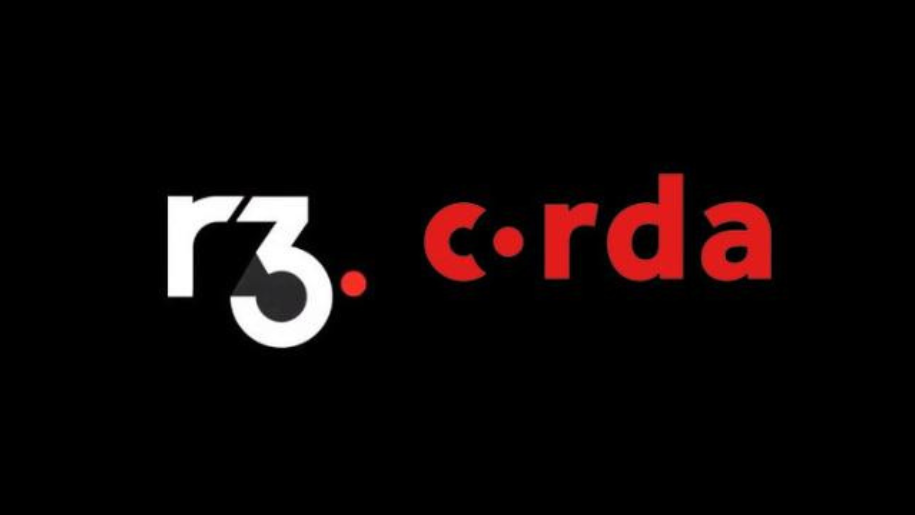R3 Corda is a powerful distributed ledger technology that offers numerous benefits to businesses and organizations. However, to fully leverage its potential, it is often necessary to integrate Corda with other systems and platforms. In this article, we will discuss how to integrate your R3 Corda node deployment with other systems and platforms.
Step 1: Understand the Integration Requirements
The first step in integrating your Corda node deployment with other systems and platforms is to understand the integration requirements. This involves identifying the systems and platforms that you want to integrate with, as well as the specific integration points and data exchange requirements.
For example, you may want to integrate your Corda node with a CRM system to automatically update customer records when a transaction is completed. Alternatively, you may want to integrate Corda with an enterprise resource planning (ERP) system to automatically trigger inventory updates when products are sold.
Step 2: Choose an Integration Approach
Once you have identified the integration requirements, the next step is to choose an integration approach. There are several approaches to integrating Corda with other systems and platforms, including:
- API-based integration: This involves exposing Corda’s functionality as APIs that other systems can call to exchange data.
- Data replication: This involves replicating data between Corda and other systems in real-time.
- Messaging-based integration: This involves using messaging middleware to exchange data between Corda and other systems.
- Custom integration: This involves building custom integration solutions that meet your specific integration requirements.
The choice of integration approach will depend on the specific integration requirements, as well as the available resources and technical expertise.
Step 3: Implement the Integration
Once you have chosen an integration approach, the next step is to implement the integration. This involves configuring Corda and the other systems and platforms to exchange data in the desired format and through the chosen integration approach.
For example, if you are using API-based integration, you will need to configure the APIs on Corda and the other systems to ensure that the data is exchanged in the desired format. Similarly, if you are using messaging-based integration, you will need to configure the messaging middleware to ensure that messages are exchanged correctly between Corda and the other systems.
Step 4: Test and Validate the Integration
Once the integration has been implemented, the next step is to test and validate the integration. This involves verifying that the data is being exchanged correctly between Corda and the other systems, and that the integration is functioning as expected.
It is important to thoroughly test and validate the integration to ensure that it is reliable and secure. This involves testing different scenarios and edge cases, as well as verifying that the integration can handle high volumes of data and transactions.
Step 5: Monitor and Maintain the Integration
Finally, it is important to monitor and maintain the integration to ensure that it continues to function correctly over time. This involves monitoring the performance and availability of the integration, as well as identifying and resolving any issues that arise.
It is also important to keep the integration up-to-date with the latest versions of Corda and the other systems and platforms, as well as to implement security best practices to protect the data and transactions being exchanged.
In conclusion, integrating your R3 Corda node deployment with other systems and platforms can unlock numerous benefits for your business or organization. By following the steps outlined in this article, you can successfully integrate Corda with other systems and platforms, and fully leverage its potential for your business.
Web3 Infrastructure company helping enterprises and Blockchain startups build, deploy and manage reliable web3 infrastructure.


